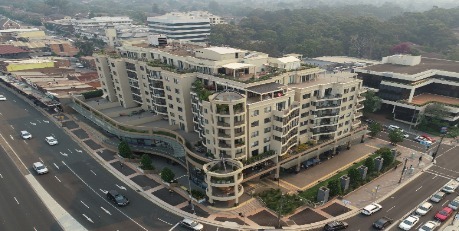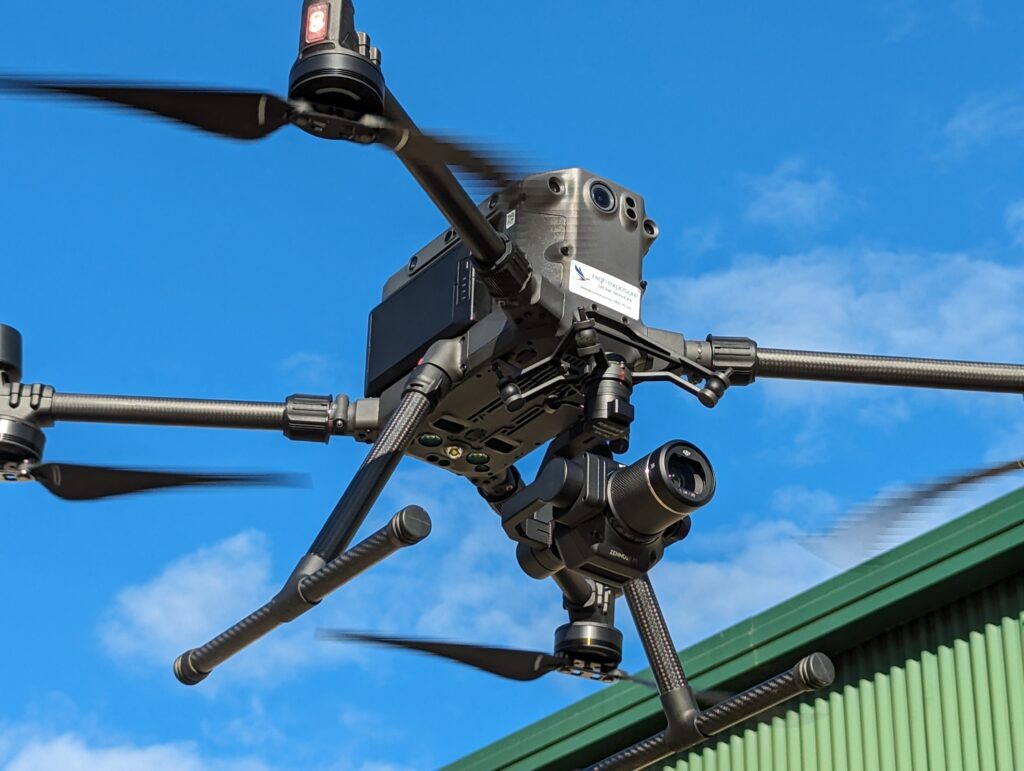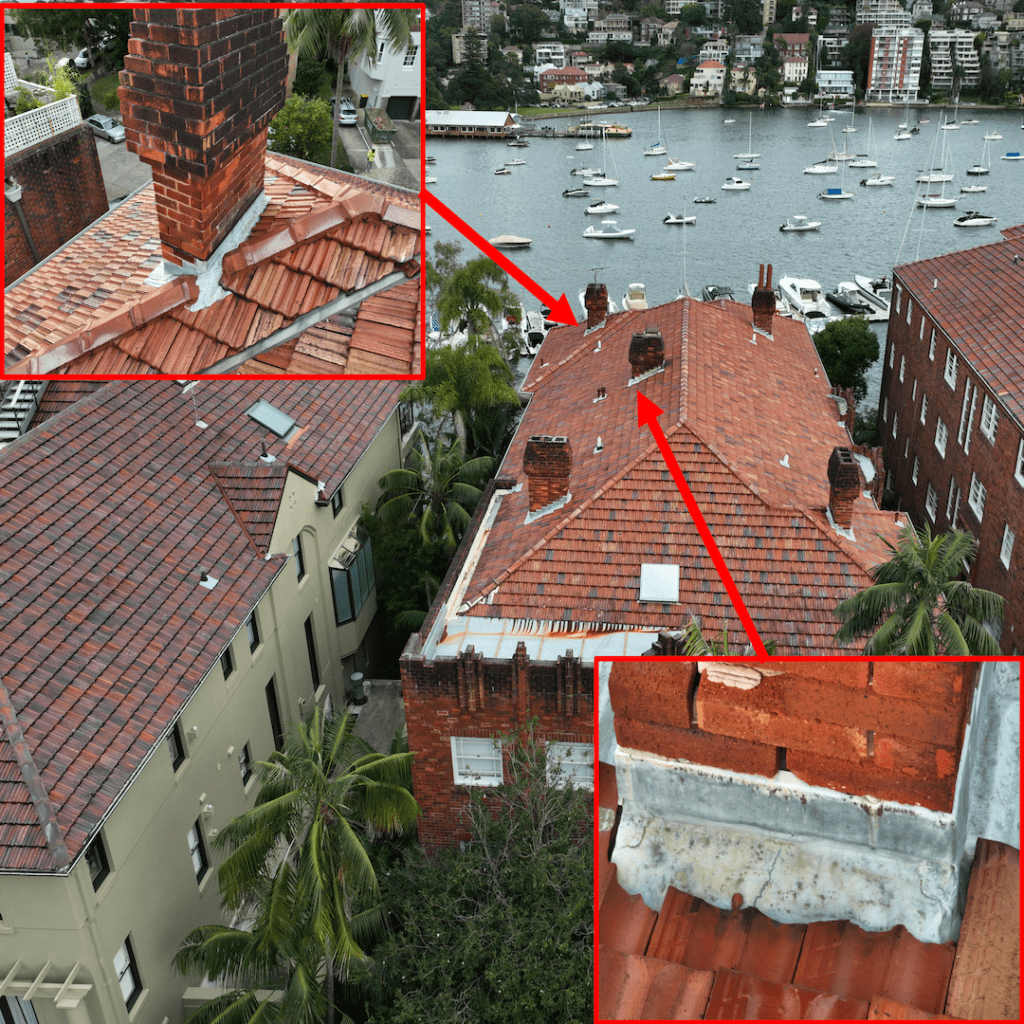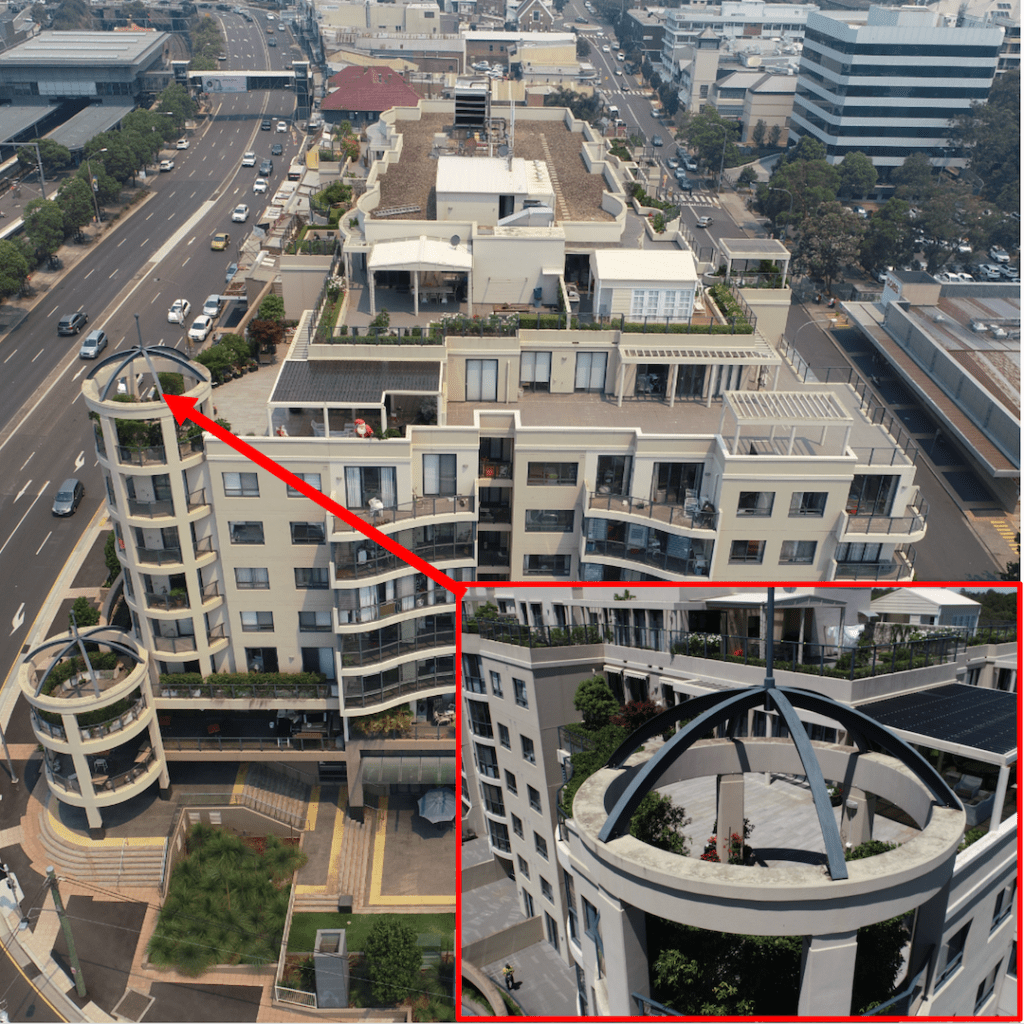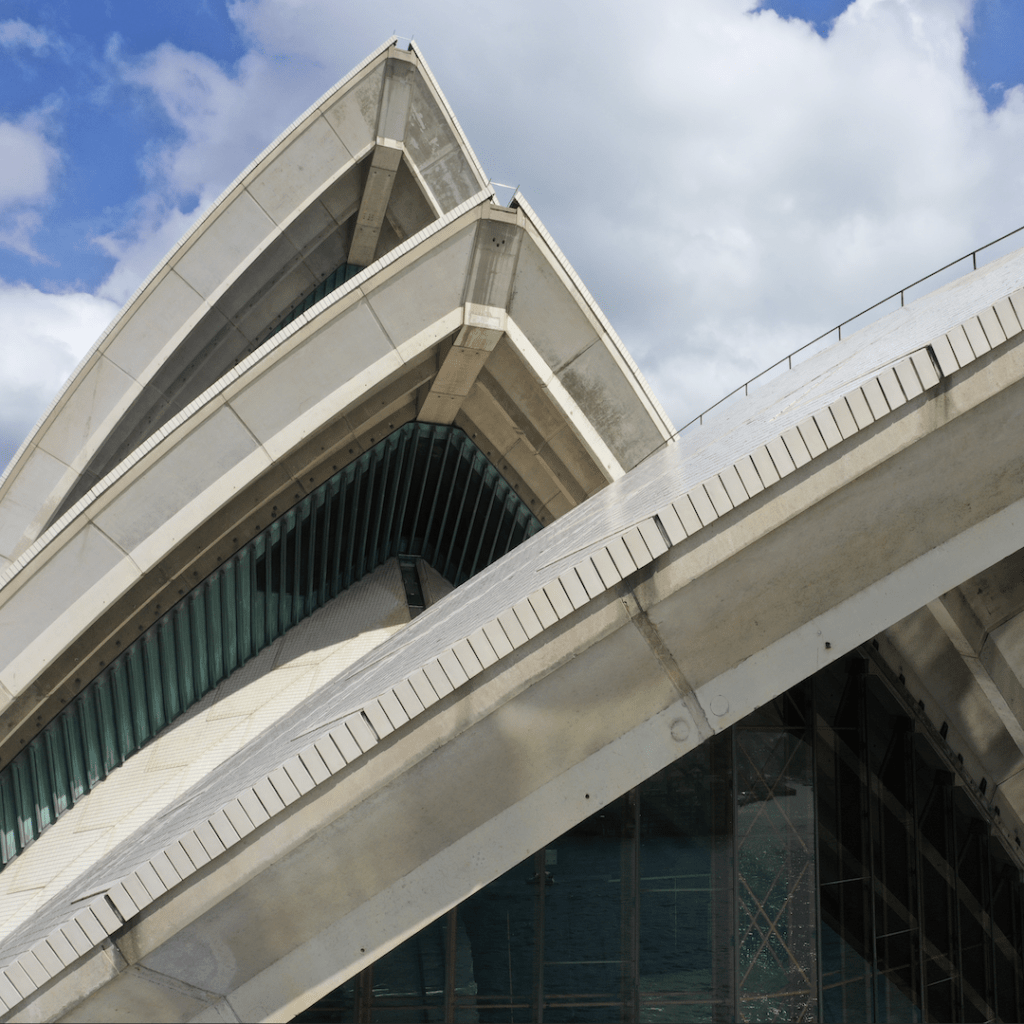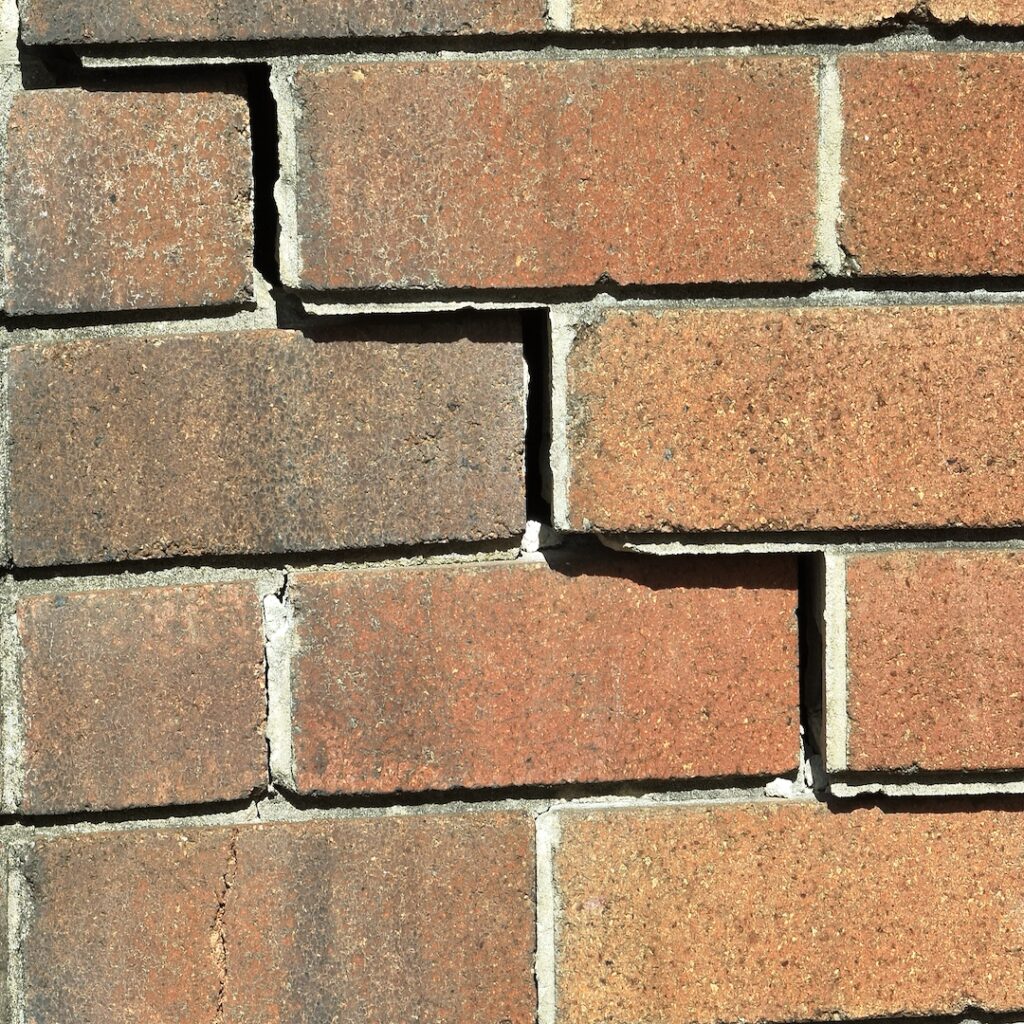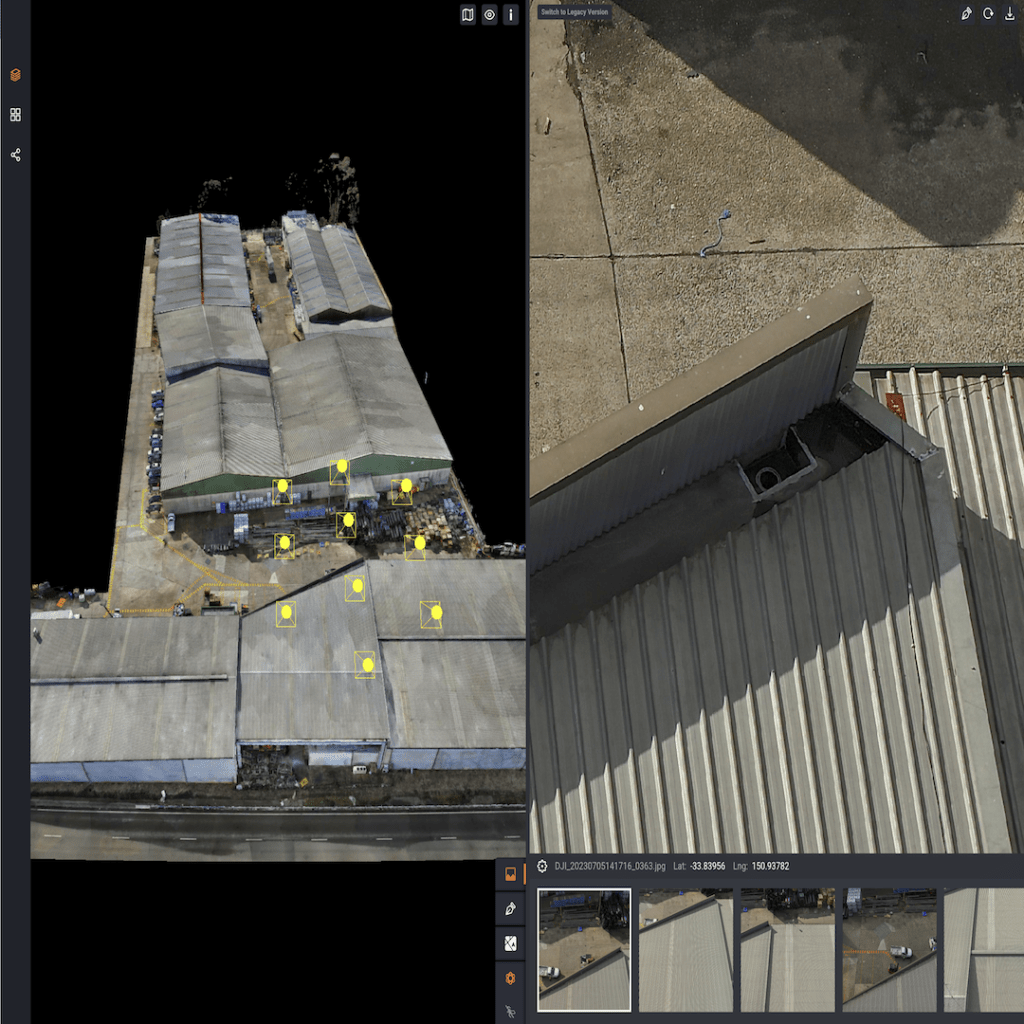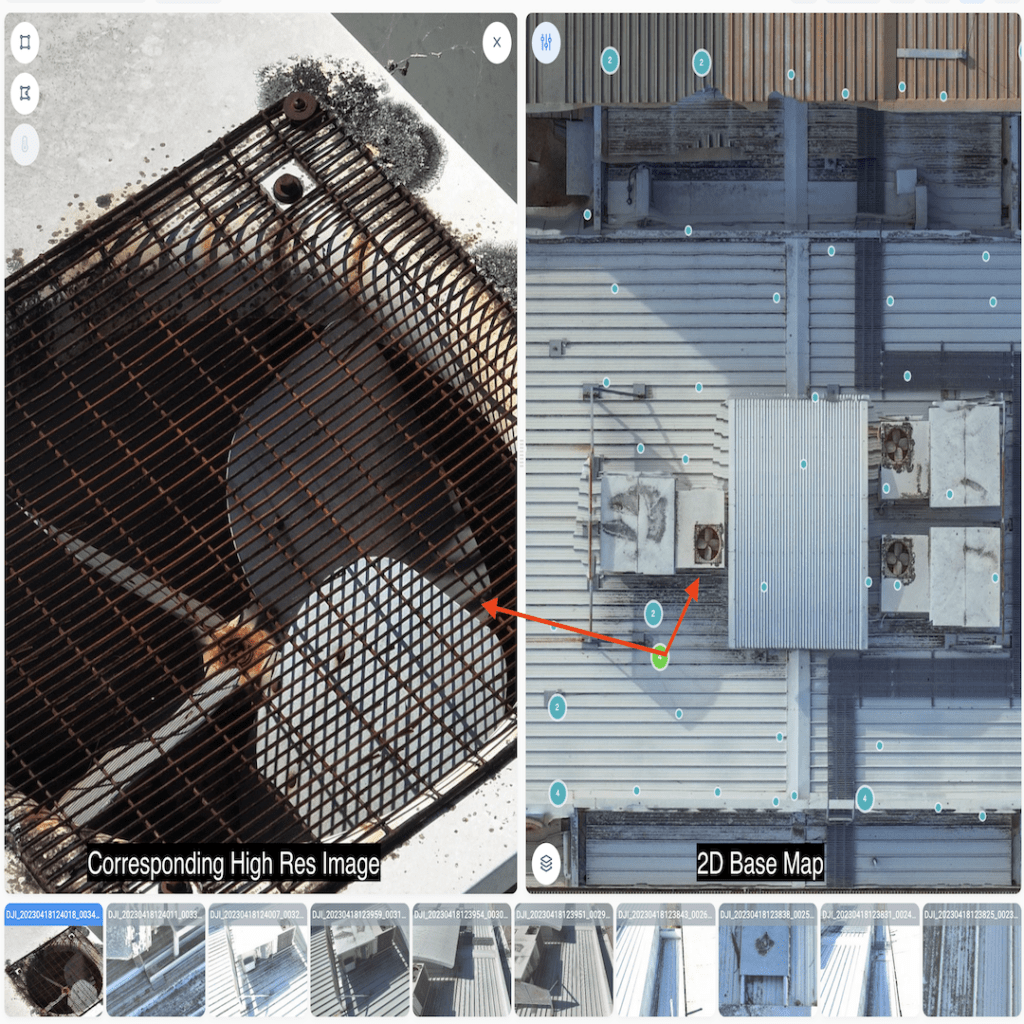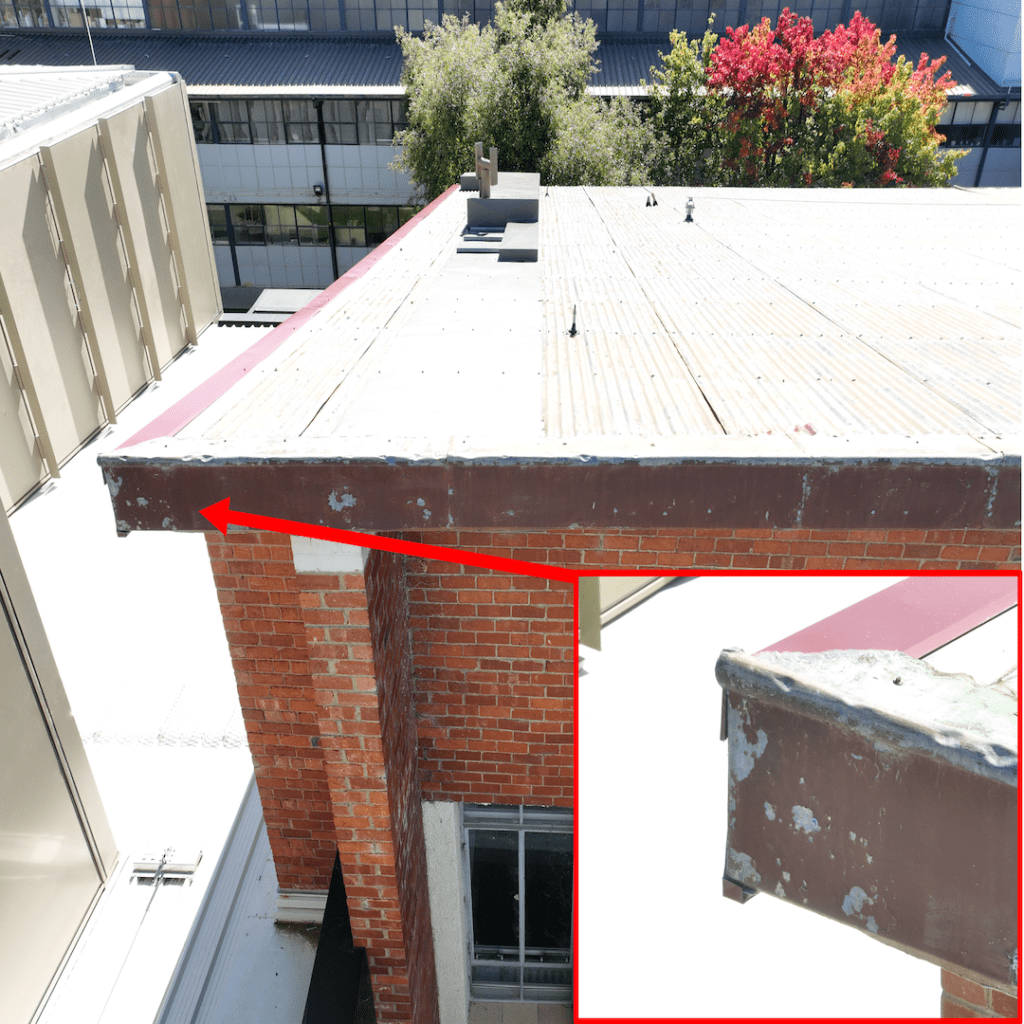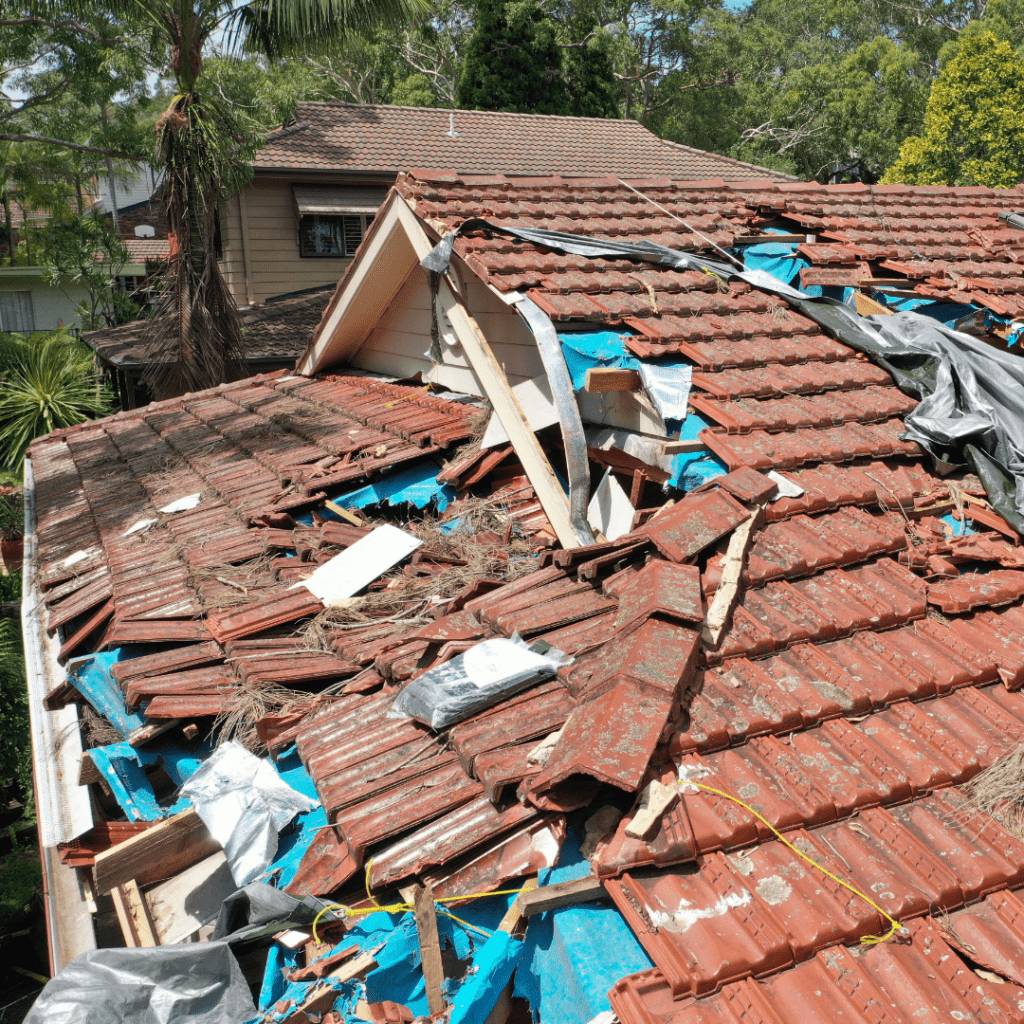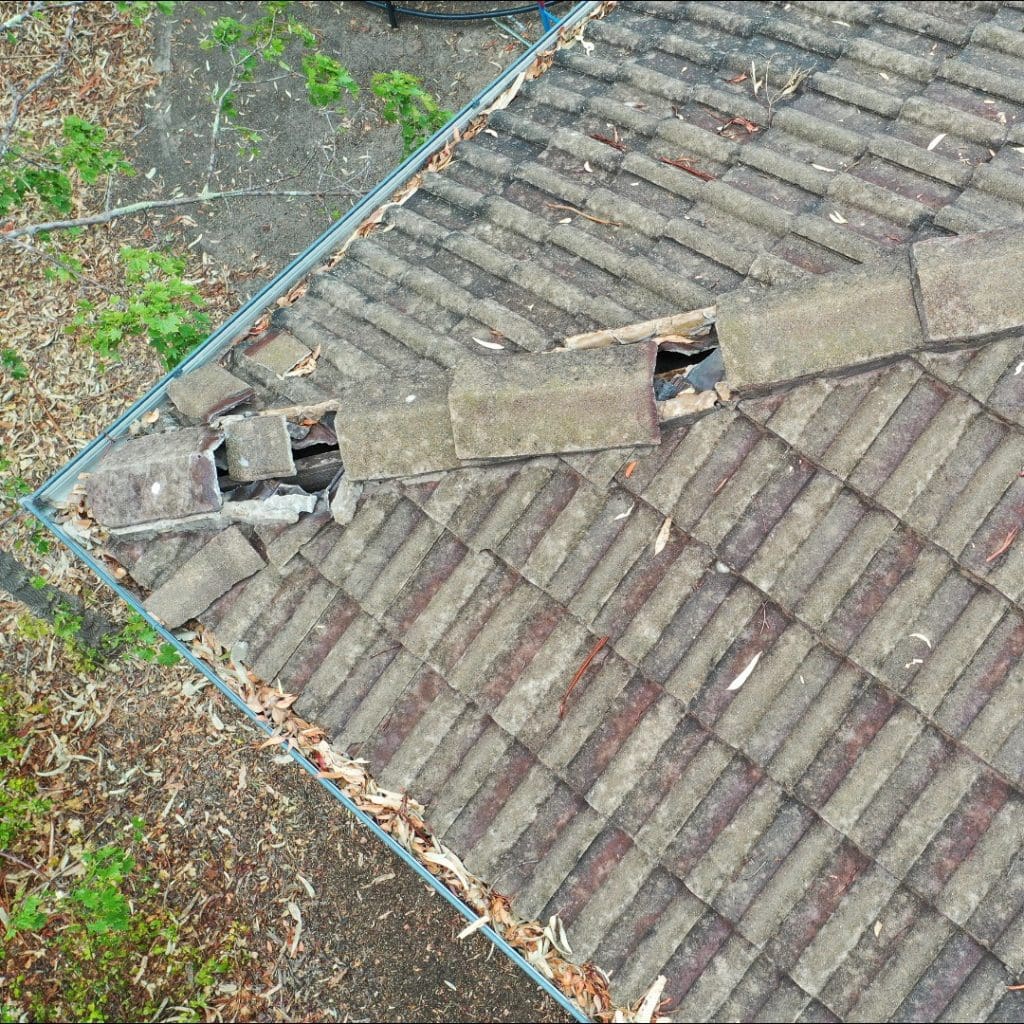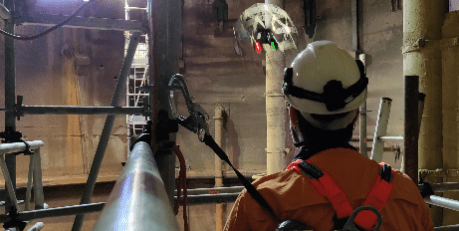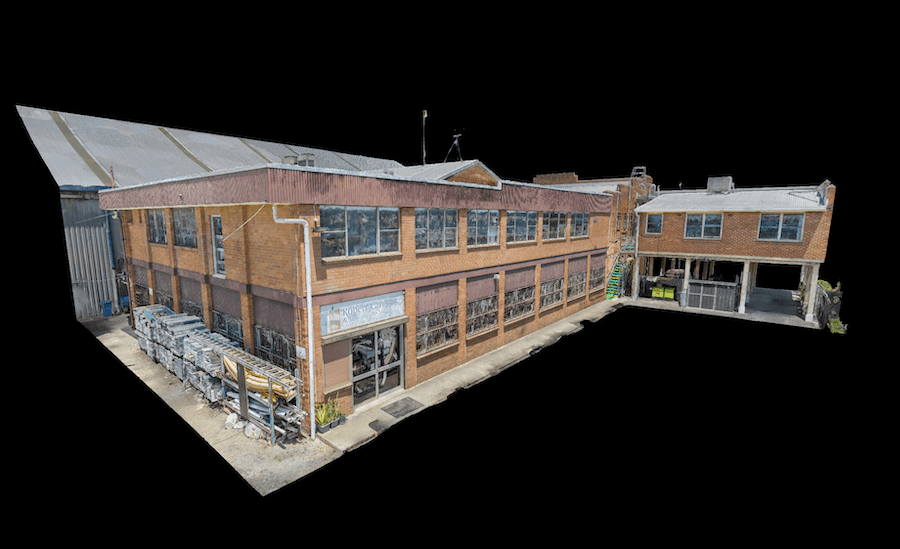Roof Defects
Leaks: Roof leaks are a prevalent issue, often caused by damaged or missing shingles, worn-out flashing, or compromised roofing materials. Leaks can lead to water damage, mold growth, and compromised insulation.
Poor Installation: Incorrectly installed roofing materials or inadequate workmanship can result in various issues, including leaks, poor insulation, and reduced overall durability.
Structural Damage: Over time, exposure to weather conditions and ageing can cause structural damage to the roof, including sagging, warping, or weakening of support structures. Natural weather events can also cause structural issues as a result of hail or fallen trees.
Pooling Water: Inadequate drainage systems or blocked gutters can lead to water pooling on the roof, increasing the risk of leaks and structural damage.
Wind Damage: Strong winds can cause shingle displacement, lifting, or tearing, leading to vulnerabilities and potential leaks.
Pest Infestation: Damaged or deteriorating roofing materials can create entry points for pests, leading to infestations and potential structural damage.
Facade Defects
Cracks: Cracks in the facade can occur due to settlement, thermal expansion and contraction, or structural issues, compromising the building’s integrity and aesthetics.
Water Infiltration: Gaps or cracks in the facade can allow water to infiltrate, leading to internal damage, mold growth, and deterioration of building materials.
Efflorescence: White, powdery deposits on the facade surface (efflorescence) can indicate water penetration and the migration of soluble salts, potentially causing material deterioration.
Staining: Stains on the facade can result from water runoff, air pollution, or the presence of biological growth, negatively impacting the building’s appearance.
Caulking and Sealant Failure: Deterioration of caulking and sealants can compromise the facade’s weatherproofing, allowing water infiltration and reducing energy efficiency.
Material Deterioration: Facade materials may degrade over time due to exposure to UV rays, weather conditions, or pollution, leading to discoloration, fading, or loss of structural integrity.
Improper Ventilation: Inadequate ventilation behind the facade can trap moisture, promoting the growth of mold and accelerating material deterioration.
Addressing these roof and facade defects requires regular inspections, proactive maintenance, and timely repairs. Employing modern inspection techniques, such as drone inspections and advanced imaging technologies, can aid in the early detection of defects and contribute to effective maintenance strategies.
